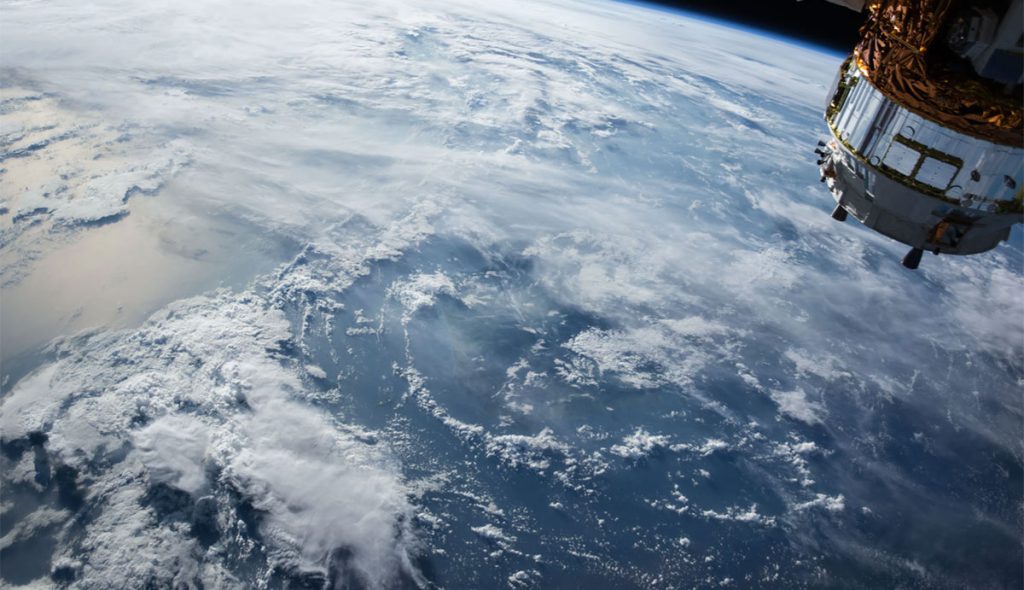La Niña is part of Earth’s natural cycle, but if it becomes too strong it can have disastrous consequences. Photo: Unsplash/NASA
The National Oceanic and Atmospheric Climate Prediction Center issues warnings if it believes conditions are right for El Niño and La Niña to occur within about six months. The triple dip in La Niña that brought about the harsh winter of 2022-2023 will move directly into El Niño in 2023-2024. and now With a new La Niña looming, NOAA forecasters are getting little respite on the field.
Each month, the CPC publishes updates on the trends it is observing and offers new probabilities. X or Yeah It may or may not happen every time, but if you have been following the updates on the expected La Niña, you will have noticed that the probability is increasing with each passing month. In June, there was an 85% chance that La Niña would fully begin. The chance of a La Niña event developing before the northern winter dropped to 65 percent between July and September. Now that we’re in mid-July and well into the latter prediction window, forecasters have updated their models again.
#ENSONeutral conditions are expected to remain for the next few months, with La Niña predicted to develop between August and October (70% chance) and persist into the 2024-25 boreal winter (79% chance between November and January). #LaNina Monitoring remains in effect. https://t.co/5zlzaZ0D9Z pic.twitter.com/28c2iye7MM
— NWS Climate Prediction Center (@NWSCPC) July 11, 2024
The slight adjustment is due to “persistent below-average subsurface temperatures and short-term forecasts suggesting a re-strengthening of easterly wind anomalies in July,” they said.
For reference, La Niña occurs when:
– A one-month negative sea surface temperature anomaly of -0.5°C or less is observed in the Niño 3.4 region of the equatorial Pacific Ocean (5°N-5°S, 120°W-170°W) and the three-month Ocean Niño Index (ONI) threshold is expected to be met; and
-Atmospheric responses typically associated with La Niña events observed over the equatorial Pacific Ocean


